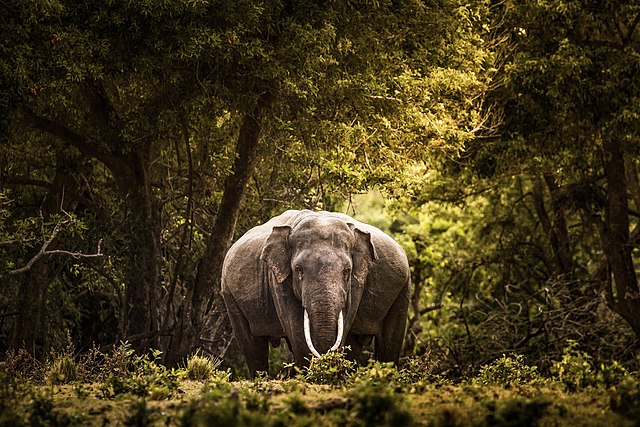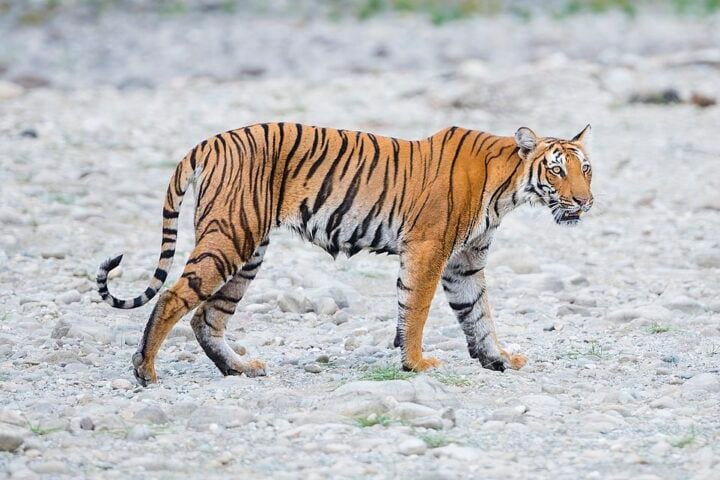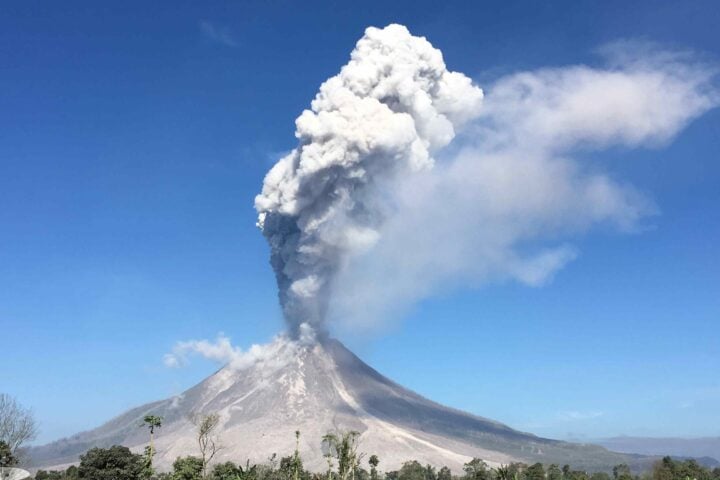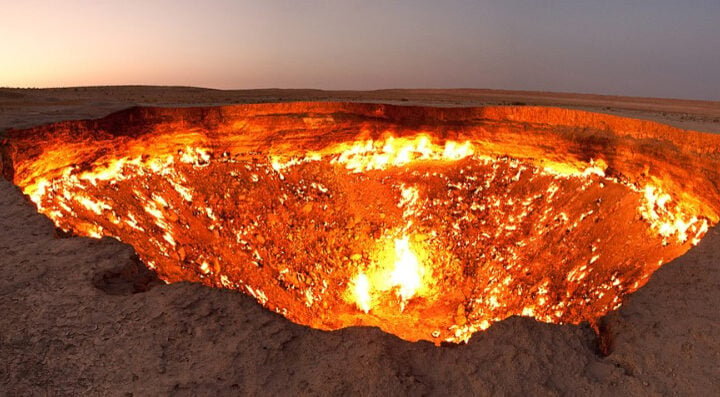Last week, Dubai was devastated by floods. Now, the WMO says Asia is worst hit by climate and water-related hazards. According to the Hindustan Times, the WMO report for 2023 listed the glacial lake outburst flood (GLOF) in Sikkim among the extreme weather events that caused widespread damage last year.
While floods and storms were the causes of reported casualties and economic losses, the impact of heatwaves became more severe in 2023. According to the WMO (World Meteorological Organization): The State of the Climate in Asia 2023, a major and prolonged heatwave affected much of Southeast Asia in April and May. It extended as far as Bangladesh and north to southern China. There were record-breaking temperatures in these regions.
In 2024 too, many parts of Asia other than India, including Bangladesh, are already witnessing heatwaves. Floods were the natural hazard event in India, Yemen, and Pakistan in 2023. It highlighted the continuing high level of vulnerability of Asia to natural hazard events, especially floods. According to EM-DAT data, floods were the leading cause of death in reported events in 2023 by a substantial margin.
Widespread destruction and 156 reported deaths in Myanmar were caused by landfall of extremely severe cyclonic storm Mocha on May 14. Several floods and storm events resulted in more than 600 reported deaths across India, Pakistan, and Nepal, WMO said. The disaster compounded the effects of an earlier Monsoon surge in June, as it was triggered by heavy rainfall.
Similar Posts
All these events happened even as global warming intensified, and Asia warmed further. The significant vulnerabilities of Asia, including India, are highlighted by the new report of WMO. In recent years, lightning accompanied by thunderstorms has been a leading cause of fatalities. Thunderstorms and lightning claimed around 1,200 lives in various parts of the country.
The report added that Asia is warming faster than the global average. The warming trend has nearly doubled since the 1961-1990 period. Senior Scientist, Indian Institute for Tropical Meteorology, Roxy Mathew said, “The Monsoon that sources its energy and moisture from the Indian Ocean has become more erratic, with short spells of heavy rains and long dry periods, causing floods and dry seasons in the same season.”
In short, India is among the worst-hit areas by extreme weather events in 2023. According to the WMO report, the glacial lake outburst flood in Sikkim was among the extreme weather events that devastated India last year. WMO says in a grim warning, Asia is worst hit by climate, water-related hazards.


















